Climate change and human activities have caused 11.8 million hectares of our country's land to become desertified.
According to the Ministry of Natural Resources and Environment, our country has about 1.2 million hectares of severely degraded land, 3.8 million hectares of moderately degraded land and 6.8 million hectares of slightly degraded land. The regions with the largest areas of degraded land are the Northern Midlands and Mountains, the North Central Coast and the Central Coast.
The summary report of the National Action Program against desertification for the period 2006-2010, orientation to 2020 and proposal of the National Action Program against desertification to 2030, vision to 2050 of the Department of Forestry (Ministry of Agriculture and Rural Development) shows that, during this period, the application of advances, science and technology in preventing and combating drought and saltwater intrusion has achieved many remarkable achievements such as advanced irrigation solutions, saving water; research on drought-resistant and salt-resistant crops...
After 15 years of implementation, the causes of desertification caused by human activities have gradually been overcome, and desertification prevention and control work has gradually shifted from passive to proactive.

However, the total area of degraded land currently accounts for 35.7% of the total natural area of the country. Notably, 43% of the degraded land area is agricultural land and 42% of the degraded land area is forestry land.
Faced with the complex developments of climate change and the pressure of socio-economic development, especially in areas at high risk of desertification, the task of combating desertification still faces many challenges and requires stronger actions in the next phase.
The survey results show that the Northern Midlands and Mountains are areas with high risk of land degradation, accounting for 37% of the total degraded land area in the country. Next is the North Central and Central Coast with 30% of the area, the Central Highlands with 15%.
Mr. Tran Ngoc Hieu - Deputy Director of the Department of Agriculture and Rural Development of Ninh Thuan province, citing the results of land degradation assessment, Ninh Thuan has the largest area of degraded land among the 8 provinces in the South Central Coast region (approximately 69% of the surveyed land area).
The main causes are soil erosion due to rain and wind; drought, desertification; soil fertility decline; soil compaction; salinization and acidification.
Mr. Hieu emphasized that the basic problem of desertification in Ninh Thuan is drought, land degradation and mobile sand dunes following the monsoon season of the year. This process is taking place strongly in both scale and intensity in the province when it has suffered severe drought in recent years.
In Son La, the area of degraded land has also reached more than 777,000 hectares. The cause is also drought and soil degradation. Alarmingly, this process will take place more strongly and faster in terms of level compared to the areas affected by the impact of heat, high temperatures, prolonged drought, and saltwater intrusion caused by climate change.
Mr. Tran Quang Bao, Director of the Forestry Department, acknowledged that land degradation and desertification are among the environmental and natural resource issues that the agriculture and forestry sector must face and address. This phenomenon is occurring at a level that causes great damage to the environment, economy, and society.
Therefore, forest protection, deforestation prevention, sustainable forest planting and restoration play an important role in preventing and overcoming desertification in mountainous and coastal areas...
He also noted that regulating and maintaining water resources also contributes to the goal of combating land degradation and desertification.
Desertification, in the United Nations Convention to Combat Desertification adopted at the 1992 Rio de Janeiro Conference on Environment and Development, means land degradation in arid, semi-arid and dry sub-humid areas. There are many different causes of desertification, including climate change and human activities. |

Source: https://vietnamnet.vn/viet-nam-co-11-8-trieu-ha-dat-dang-bi-sa-mac-hoa-2354726.html


![[Photo] Helicopters and fighter jets practice in the sky of Ho Chi Minh City](https://vstatic.vietnam.vn/vietnam/resource/IMAGE/2025/3/28/3a610b9f4d464757995cac72c28aa9c6)
![[Photo] President Luong Cuong hosts state reception for Brazilian President Luiz Inacio Lula da Silva](https://vstatic.vietnam.vn/vietnam/resource/IMAGE/2025/3/28/56938fe1b6024f44ae5e4eb35a9ebbdb)
![[Photo] Flower cars and flower boats compete to show off their colors, celebrating the 50th anniversary of Da Nang Liberation Day](https://vstatic.vietnam.vn/vietnam/resource/IMAGE/2025/3/28/086d6ece3f244f019ca50bf7cd02753b)


![[Photo] Prime Minister Pham Minh Chinh meets with Brazilian President Luiz Inacio Lula da Silva](https://vstatic.vietnam.vn/vietnam/resource/IMAGE/2025/3/28/41f753a7a79044e3aafdae226fbf213b)



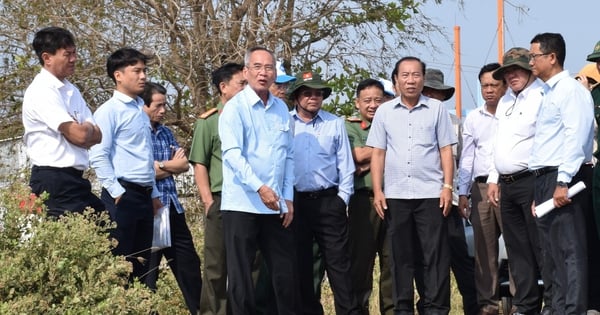

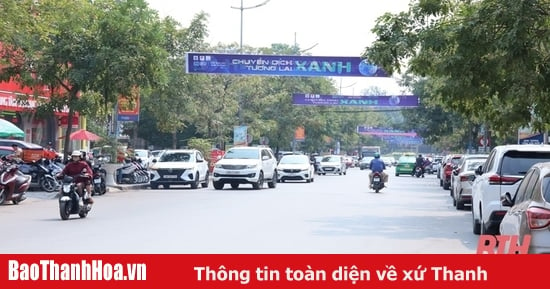

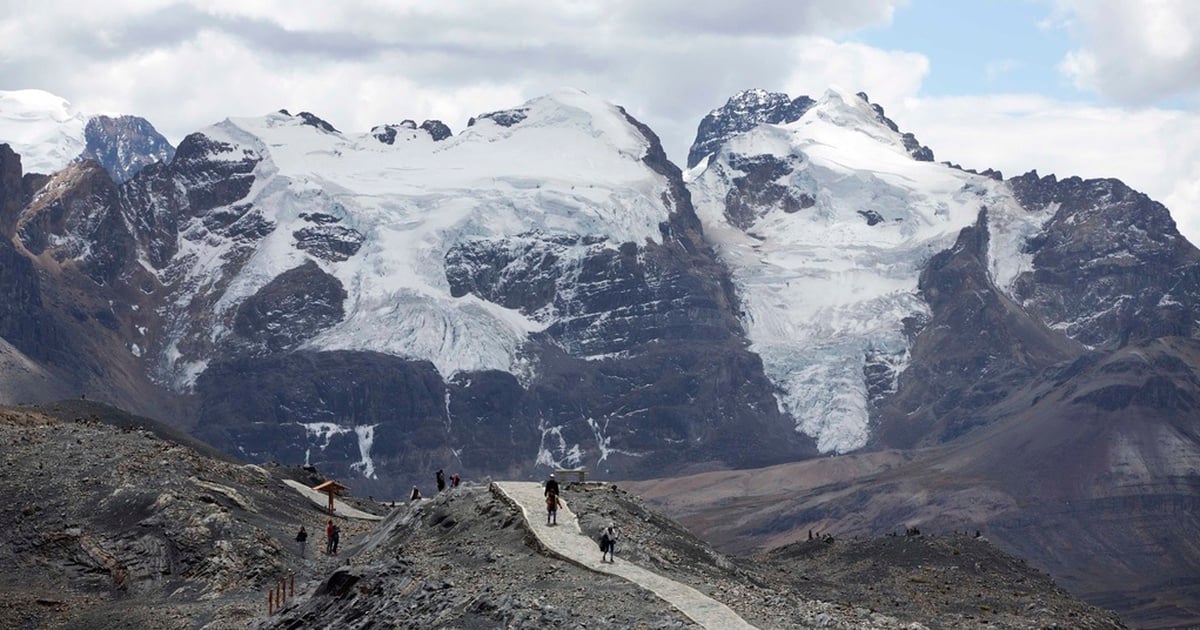















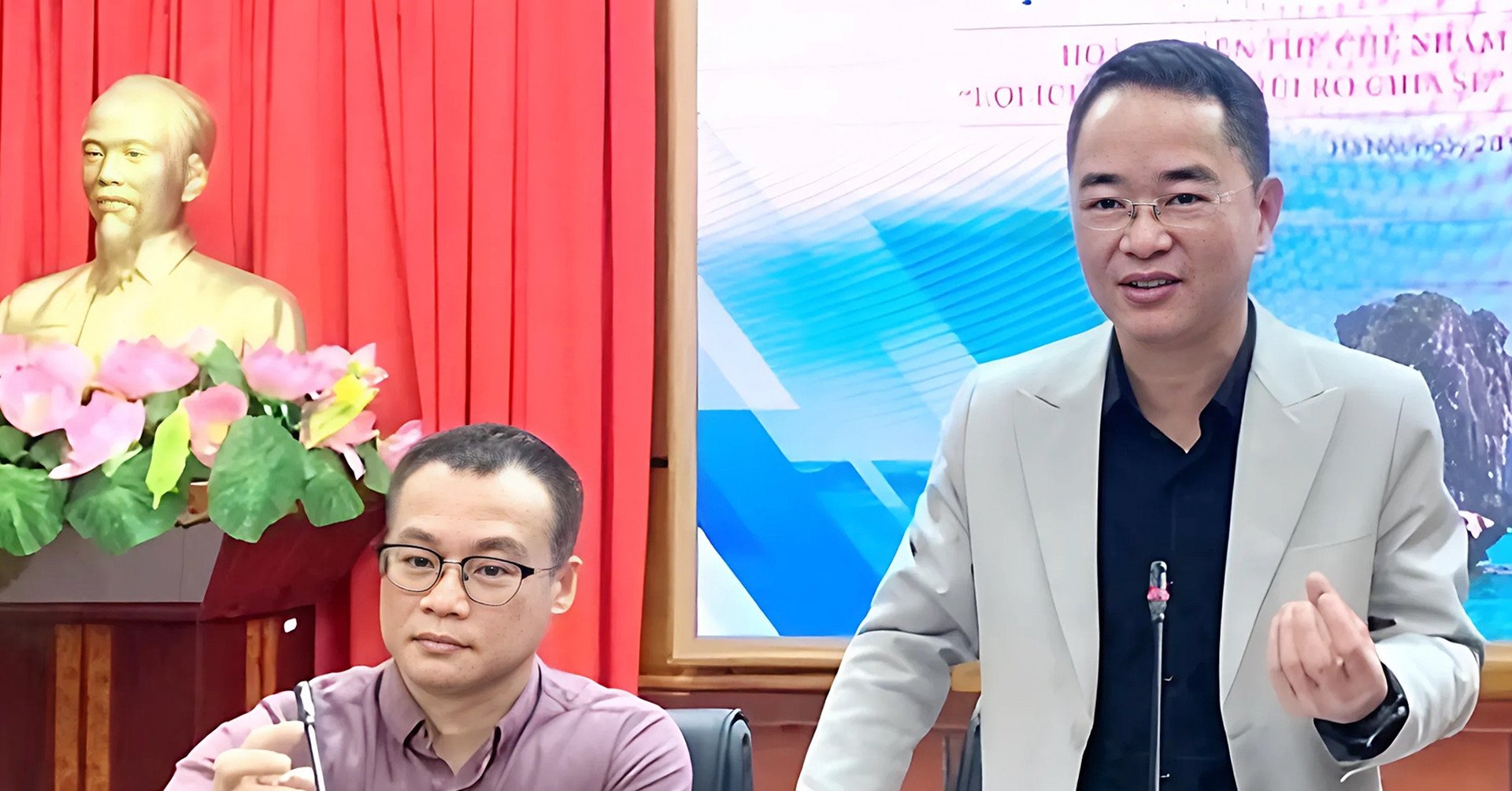





























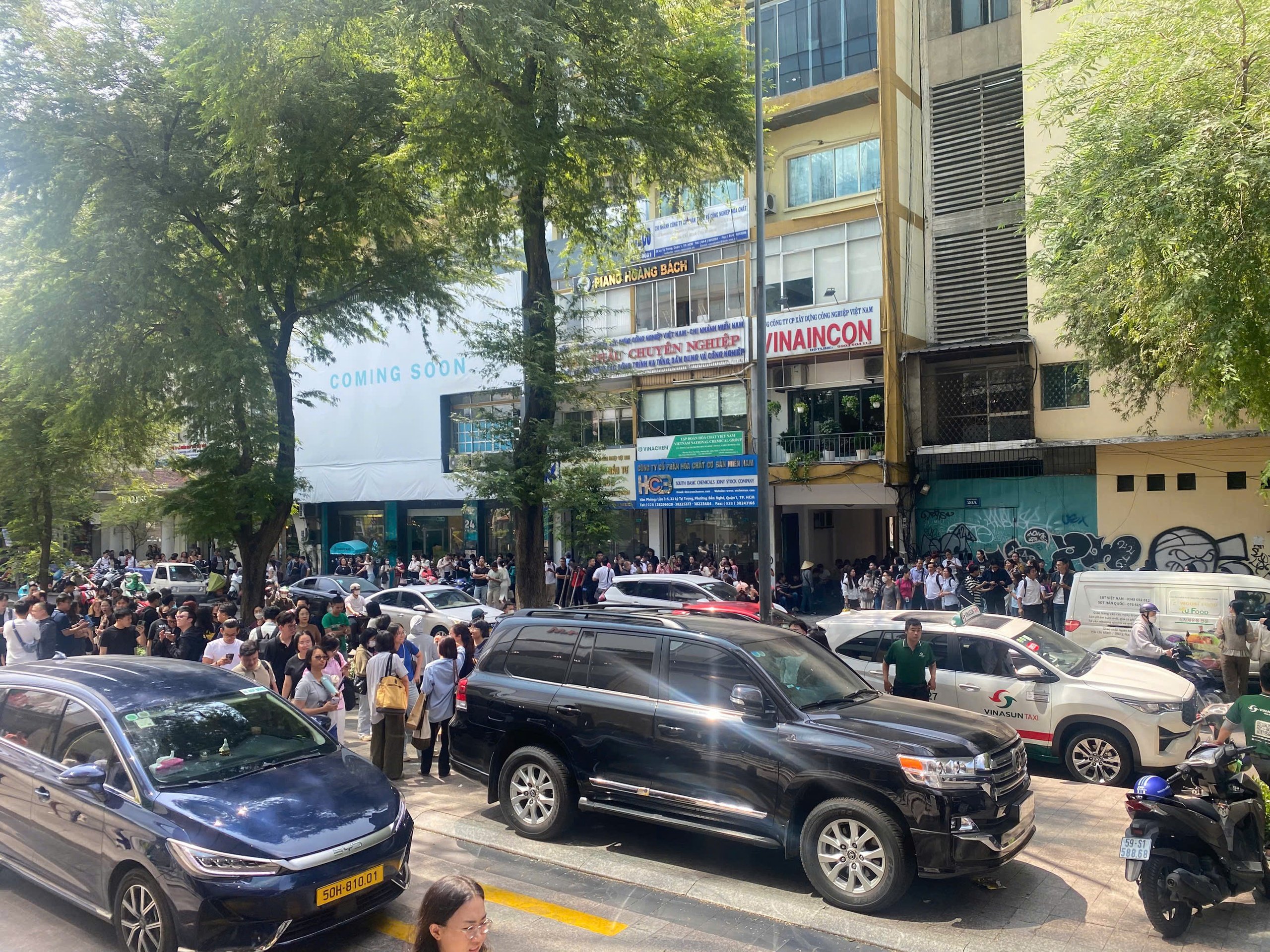







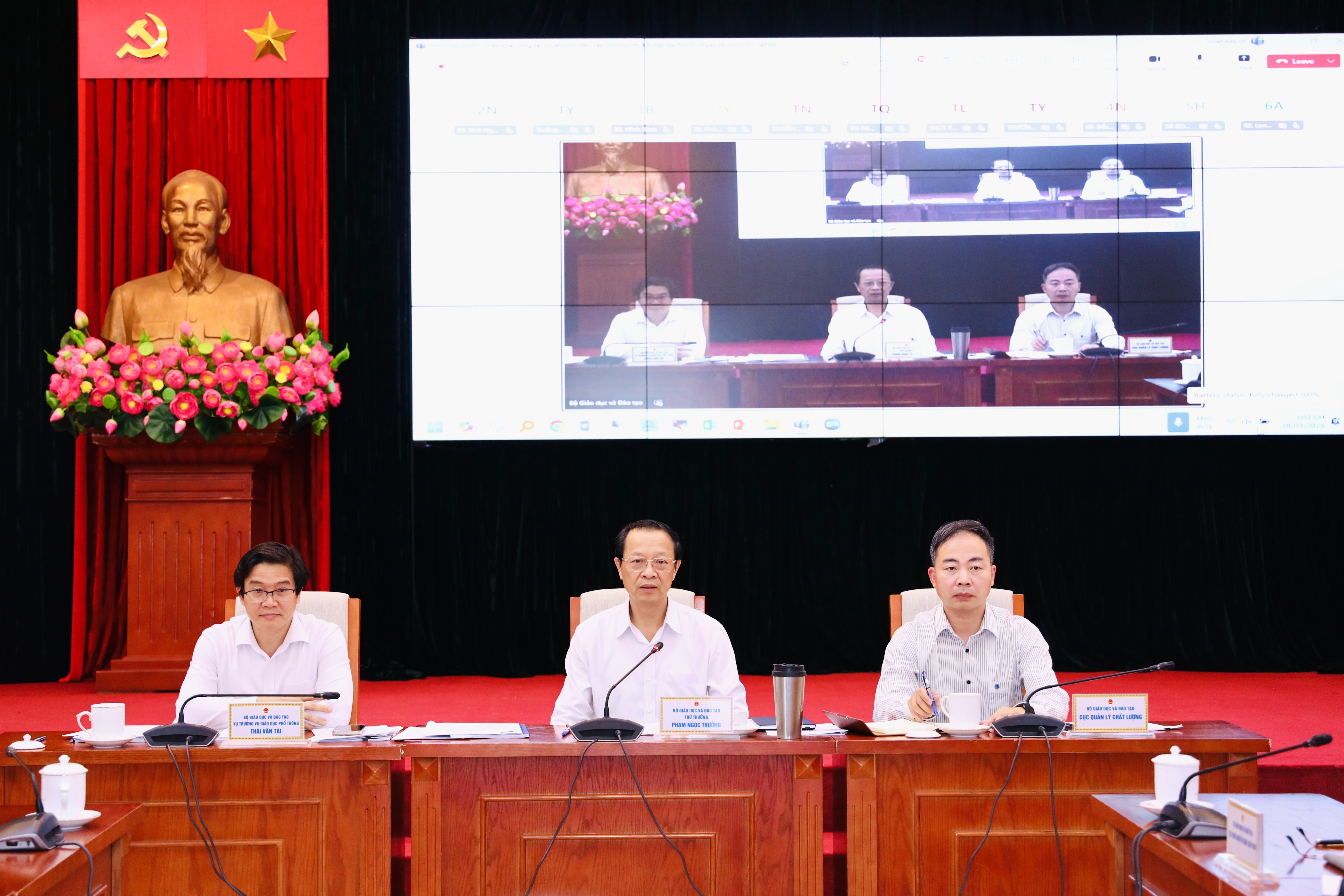








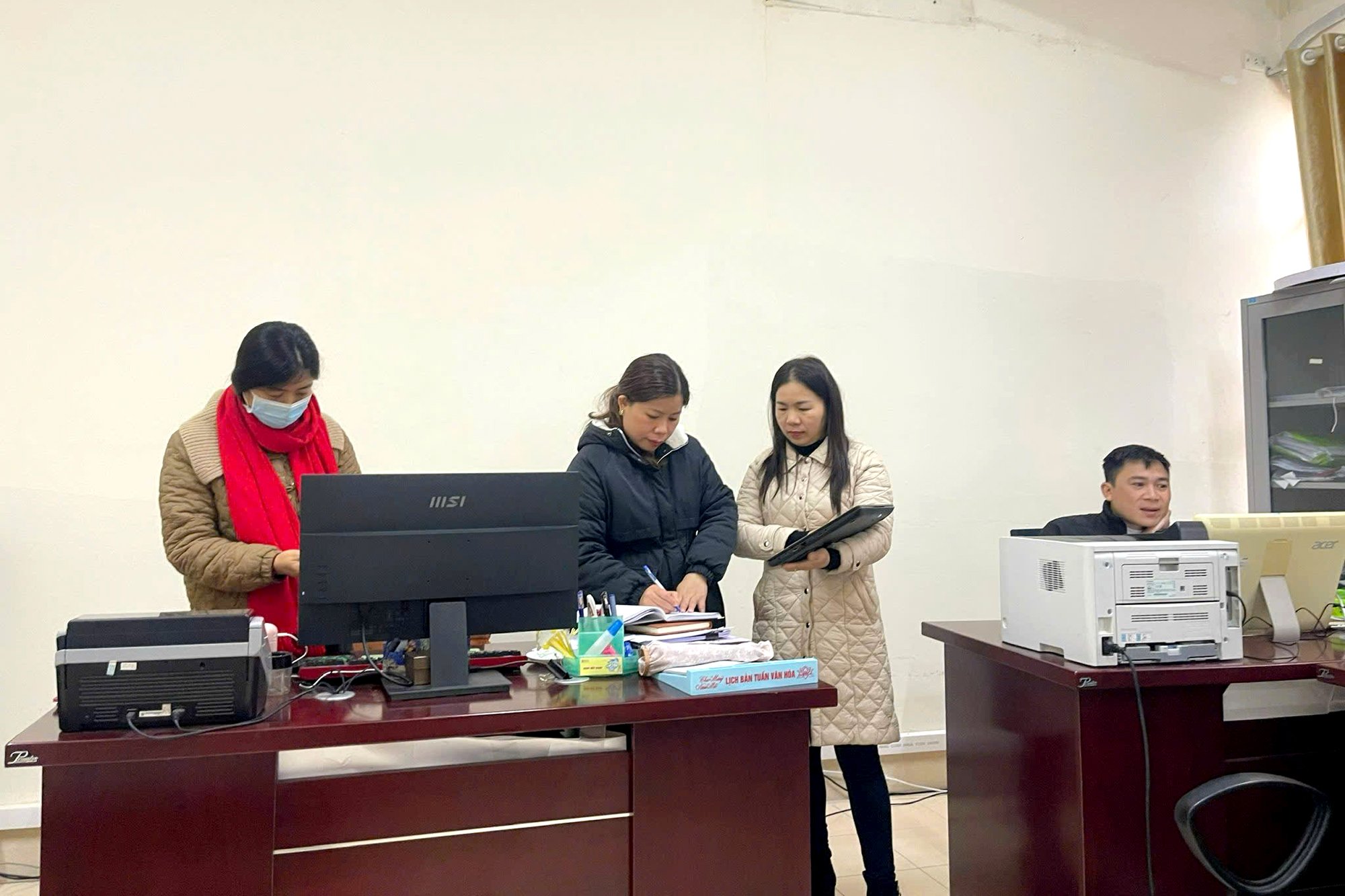
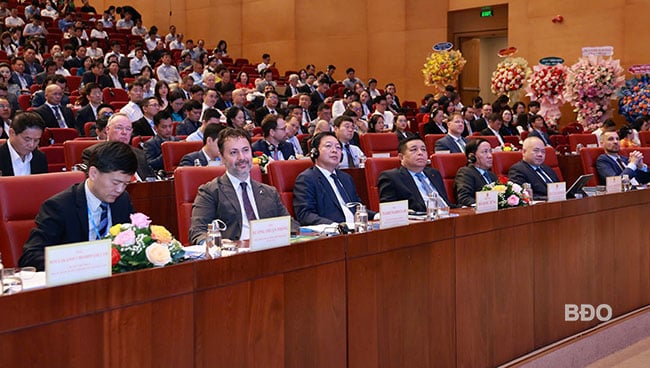

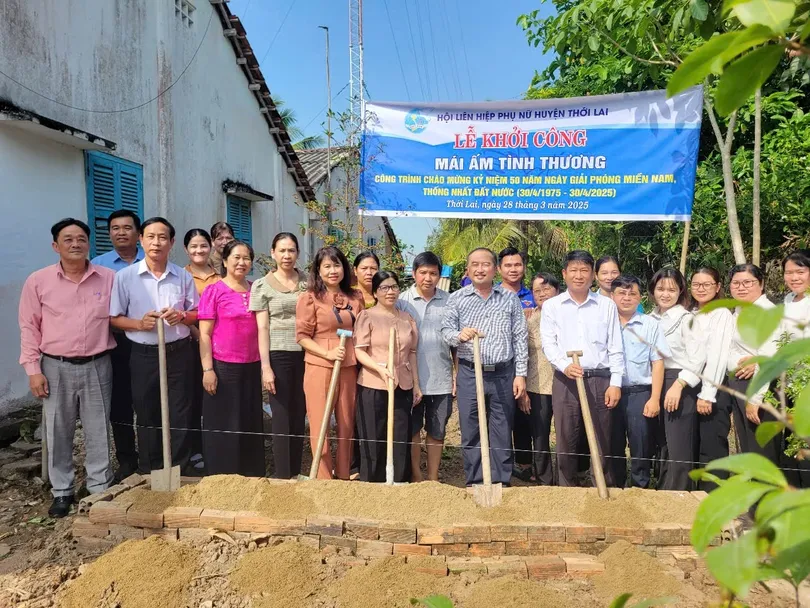








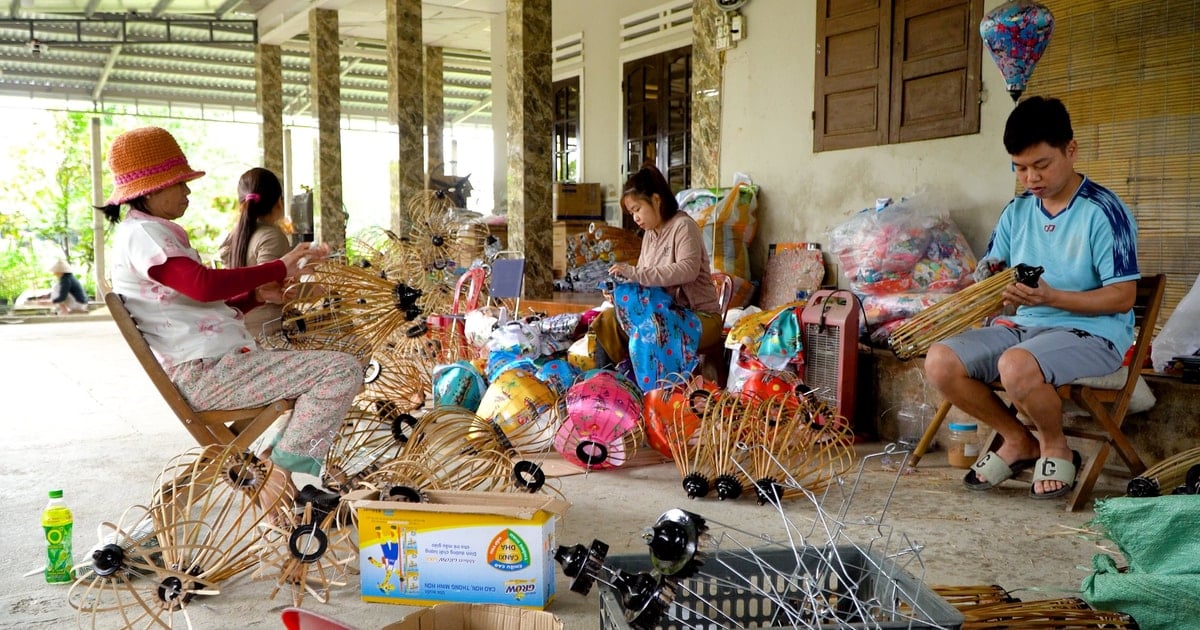




Comment (0)